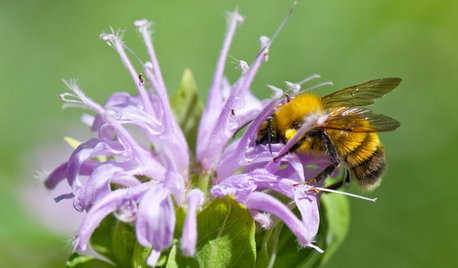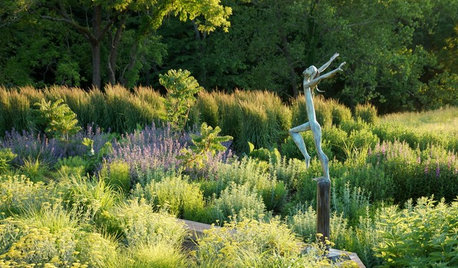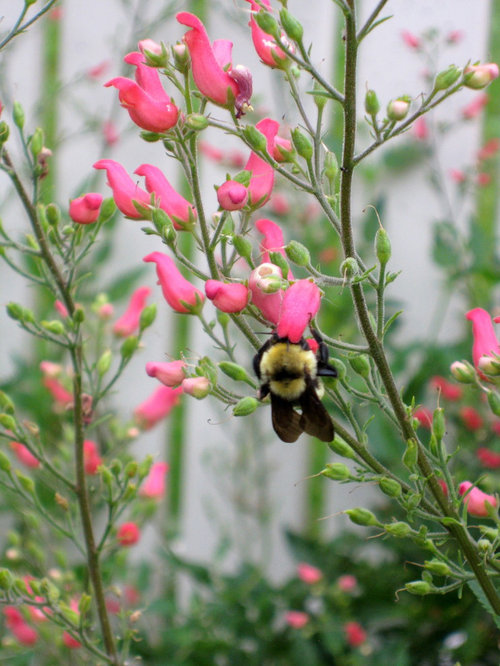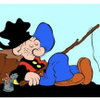Bumbles!
popmama (Colorado, USDA z5)
8 years ago
last modified: 8 years ago
Featured Answer
Sort by:Oldest
Comments (14)
mstywoods
8 years agodigit (ID/WA, border)
8 years agolast modified: 8 years agoRelated Professionals
Deer Park Landscape Architects & Landscape Designers · Oatfield Landscape Architects & Landscape Designers · Forest City Landscape Architects & Landscape Designers · Mooresville Landscape Contractors · Arden-Arcade Landscape Contractors · Dallas Landscape Contractors · Milford Landscape Contractors · Paramus Landscape Contractors · University City Landscape Contractors · Vallejo Landscape Contractors · Wailuku Landscape Contractors · Cheshire Solar Energy Systems · Milpitas Solar Energy Systems · Montclair Solar Energy Systems · Tarpon Springs Solar Energy SystemsZachS. z5 Platteville, Colorado
8 years agoJerry (Broomfield CO 5)
8 years agomathewgg
8 years agodavid52 Zone 6
8 years agolast modified: 8 years agopopmama (Colorado, USDA z5)
8 years agoZachS. z5 Platteville, Colorado
8 years agodavid52 Zone 6
8 years agolast modified: 8 years agojaliranchr
8 years agodavid52 Zone 6
8 years agolast modified: 8 years agoZachS. z5 Platteville, Colorado
8 years agolast modified: 8 years agodavid52 Zone 6
8 years ago
Related Stories

GARAGES8 Clutter-Busting Garage Storage Solutions
Never trip over tools or bumble through boxes again. These organizers, cabinets, shelves and boards will keep your garage neat and clear
Full Story
MORE ROOMSPlay-Space Secrets for All-Ages Homes
Don't let a generation gap put holes in your interior design. These tips from family-friendly businesses can give your rooms all-ages appeal
Full Story
BLACK14 Buzzworthy Yellow and Black Interiors
Follow the flight of the bumblebee for a bold, glam, elegant or even subtle look for your home
Full Story
NATIVE PLANTSGreat Design Plant: Wild Bergamot, Friend of Foragers
Nourish butterflies and other winged creatures with the tubular flowers of Monarda fistulosa, a pretty pink native
Full Story
GARDENING FOR BUTTERFLIESGardening for the Bees, and Why It’s a Good Thing
When you discover how hard bees work for our food supply, you may never garden without them in mind again
Full Story
GARDENING GUIDESSupport Bumblebees by Providing Forage in 3 Seasons
Bumblebees are fascinating and fun to observe foraging in gardens. Find out how to create a buffet for these fuzzy, charismatic bees
Full Story
GARDENING AND LANDSCAPINGBe a Citizen Scientist to Help Wildlife, Learn and Have Fun Too
Track butterflies, study birds, capture stars ... when you aid monitoring efforts, you’re lending Mother Nature a hand
Full Story
FARM YOUR YARDHello, Honey: Beekeeping Anywhere for Fun, Food and Good Deeds
We need pollinators, and they increasingly need us too. Here, why and how to be a bee friend
Full Story
DECORATING GUIDESHow to Choose an Awesome Area Rug No Matter What Your Space
High use, a low door, kids and pets running amok — whatever your area endures, this insight will help you find the right rug for it
Full Story
LANDSCAPE DESIGNEnergy Now: Designing a Garden That Gets You Going
Serenity has its place, but a garden that recharges and motivates you can be a beautiful thing
Full Story











ZachS. z5 Platteville, Colorado